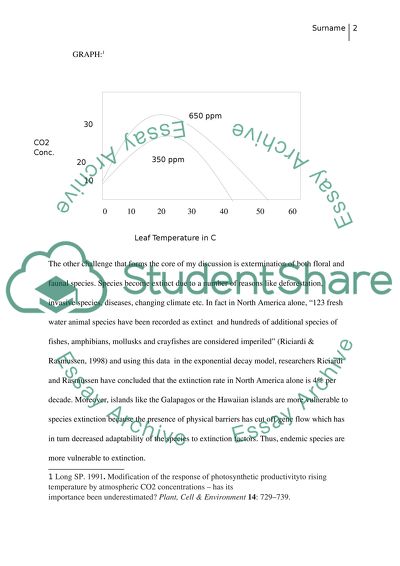Cite this document
(“Global warming and biodiversity Research Paper Example | Topics and Well Written Essays - 1250 words”, n.d.)
Global warming and biodiversity Research Paper Example | Topics and Well Written Essays - 1250 words. Retrieved from https://studentshare.org/environmental-studies/1468082-global-warming-and-biodiversity
Global warming and biodiversity Research Paper Example | Topics and Well Written Essays - 1250 words. Retrieved from https://studentshare.org/environmental-studies/1468082-global-warming-and-biodiversity
(Global Warming and Biodiversity Research Paper Example | Topics and Well Written Essays - 1250 Words)
Global Warming and Biodiversity Research Paper Example | Topics and Well Written Essays - 1250 Words. https://studentshare.org/environmental-studies/1468082-global-warming-and-biodiversity.
Global Warming and Biodiversity Research Paper Example | Topics and Well Written Essays - 1250 Words. https://studentshare.org/environmental-studies/1468082-global-warming-and-biodiversity.
“Global Warming and Biodiversity Research Paper Example | Topics and Well Written Essays - 1250 Words”, n.d. https://studentshare.org/environmental-studies/1468082-global-warming-and-biodiversity.


